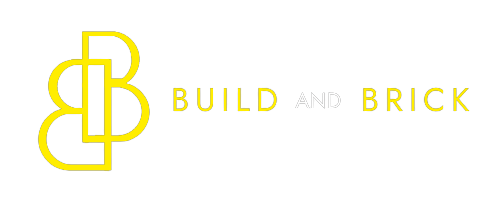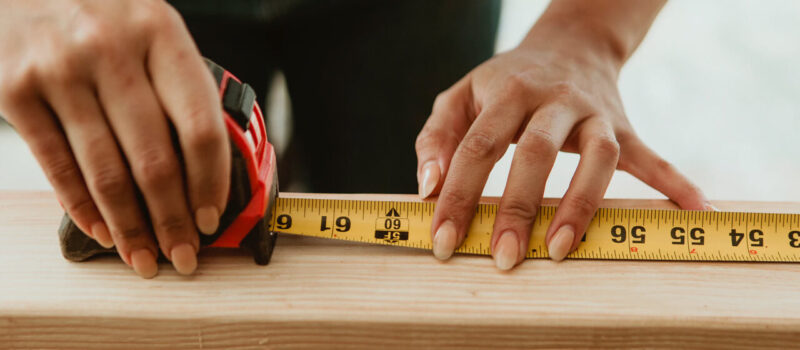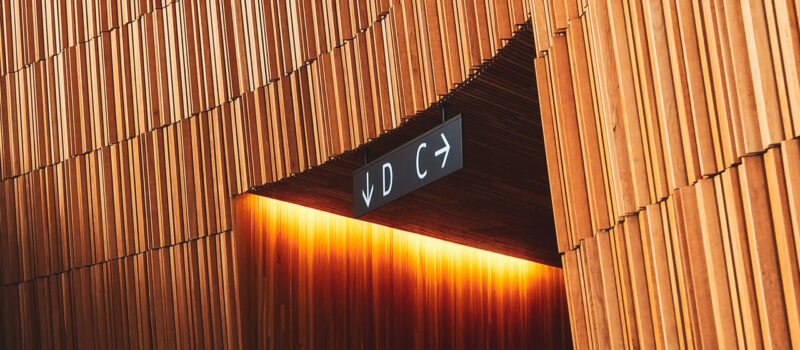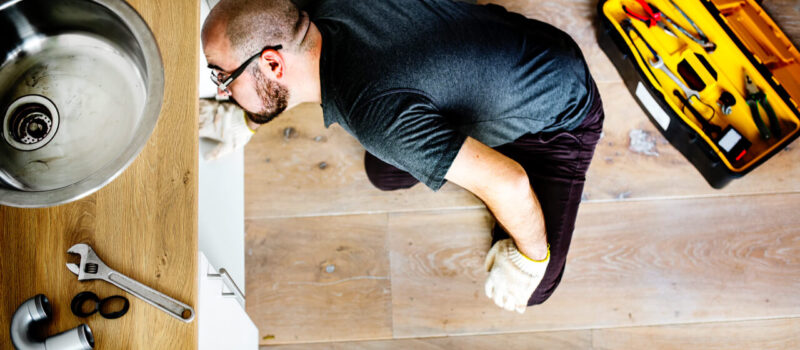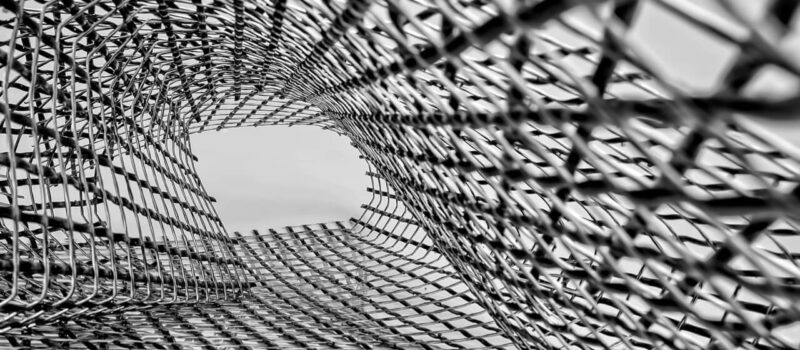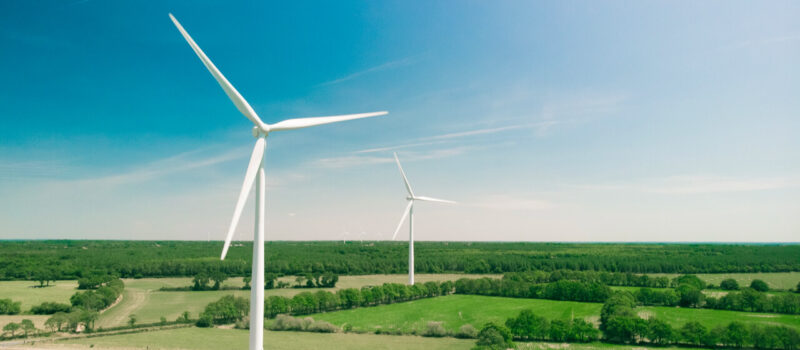 Image by @anniegray - Unsplash
Image by @anniegray - Unsplash
As profit margins get tighter and building codes more stringent, construction managers are continuously looking for more economical ways of producing homes. Panelization is a building method where pre-engineered wall sections are manufactured under factory conditions. The wall systems are shipped to the building site where they are assembled. What this means is that builders can have the home sealed in just a few days.
The Advantages of Panalized Systems
There are many positive sides to panelization which include:
- Factory conditions mean that walls are built to a high quality standard and that there is consistency in construction
- Panelized homes can be constructed in a very short amount of time which means that you save money on labor and you save time too
- Panelization allows for a number of variations in home design
- Little onsite waste
- Less room for errors which will reduce callbacks
Amvic’s SilveRbord
SilveRboard Rigid Foam Insulation is a high performance EPS which is coated with a layer of reflective lamination on both sides. SilveRboard offers a higher R-value per inch compared to traditional flat-sheet insulation and provides built-in moisture and air barriers which eliminate the need for house wrap.
When panalized walls are built with SilveRboard, they meet code and the requisite R-values, and are significantly tougher than other material options because of the reflective lamination. Because they are tougher, they are better for transportation and have less chance of getting damaged in transit to the jobsite or during assembly.
From a carbon footprint standpoint, EPS foam is a greener than other foam products because it is manufactured using steam and heat to expand the product and to mold it as opposed to other products which melt the components and then add foaming agents. EPS utilizes less energy and chemicals in the manufacturing process.
The reflective laminated surface contributes to heat retention in the home in the winter and lowering solar heat gain as it reflects sun in the summer months, making this a duel season product.
The product is easier and faster to install because of its toughness and it requires less mechanical fastening because of the increased strength. This, in turn, reduces labor and installation time and costs.
The reflective lamination is corona-treated which makes it exceptionally easy to adhere tape to. All types of sheathing tape stick to it very well. Other products require specialized, expensive tape. SilveRboard Rigid Foam Insulation is also UV protected and that means that when it sits on the house for several weeks waiting for the siding, the product doesn’t degrade.
All of these features also apply to conventional homebuilding and DIY projects where homeowners are looking to improve the energy efficiency of an existing older home.
